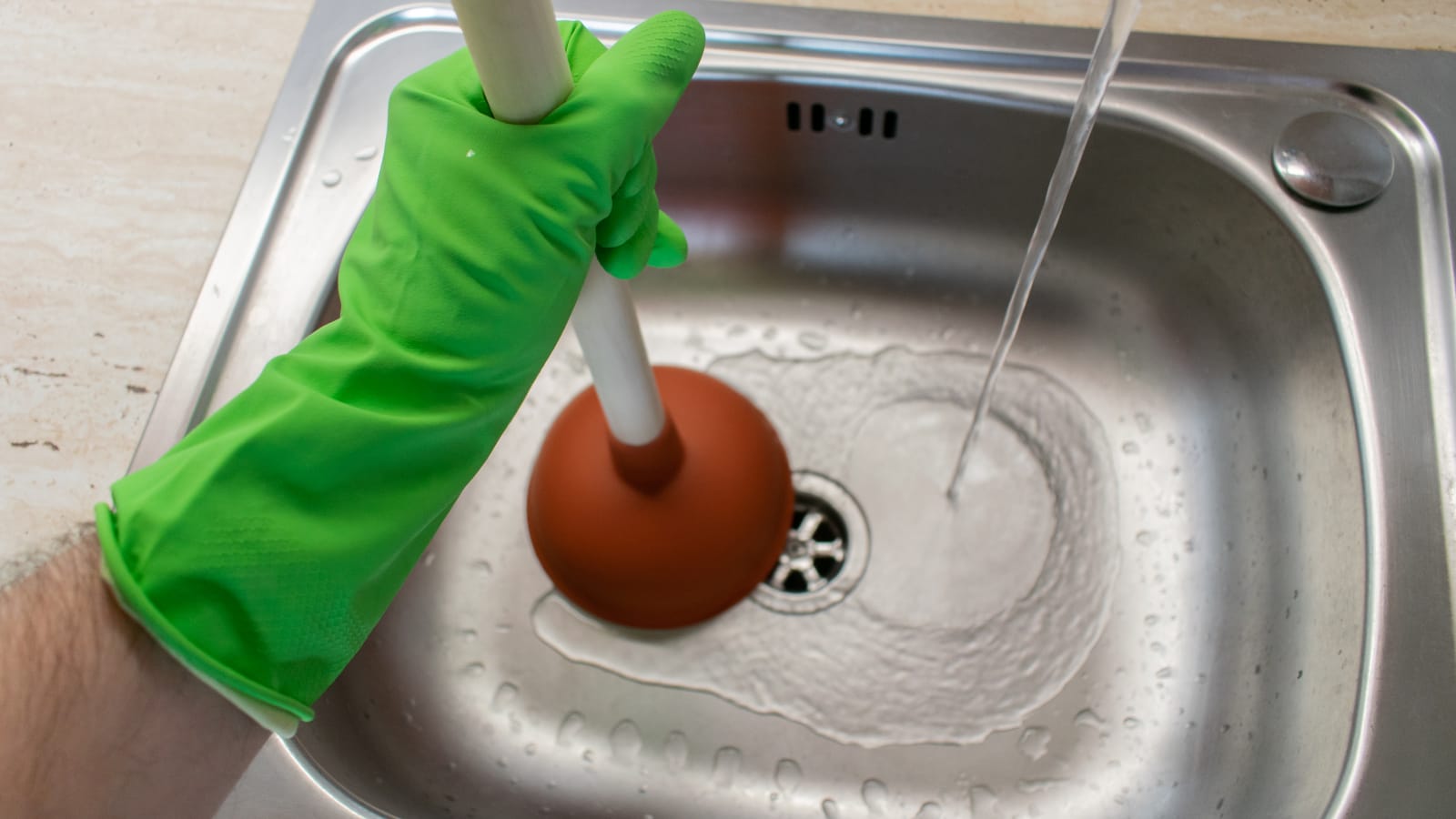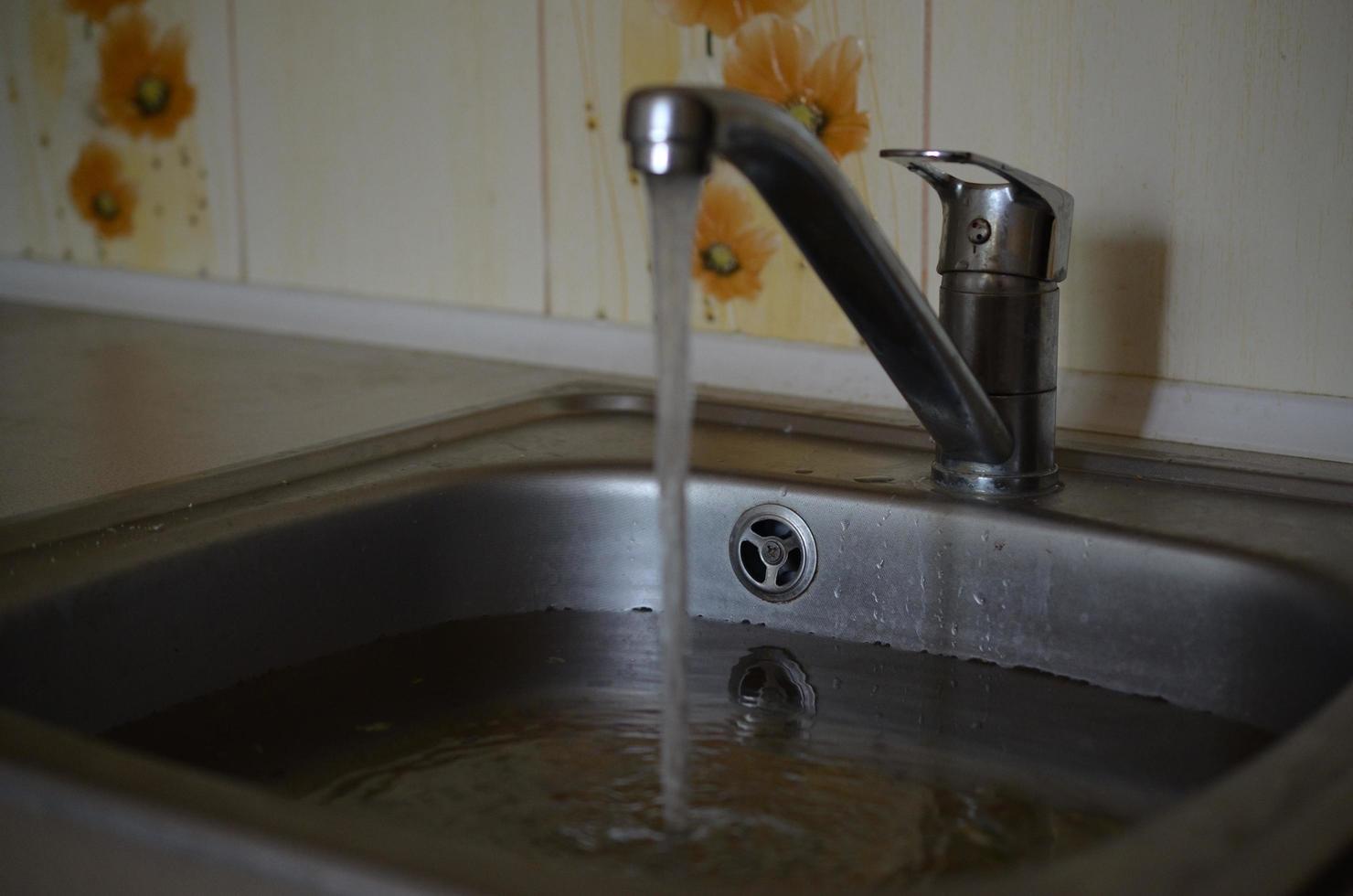Important Steps To Correct A Slow-Draining Sink
Important Steps To Correct A Slow-Draining Sink
Blog Article
Almost everyone is bound to have their personal way of thinking on the subject of How to Fix a Slow Draining Sink.

Introduction
We have actually all existed: You're brushing your teeth or washing your hands, and you notice the water pooling in the sink. Instead of rapidly swirling away, it sticks around, turning your once-refreshing morning regimen right into a small overload scene. A slow-draining sink isn't just aggravating; it's usually an indicator of bigger pipes problems prowling under the surface area. The bright side is that many slow-draining sinks can be repaired with a little knowledge, a few basic tools, and some patience. Ready to tackle this job head-on? Let's roll up our sleeves and dive right in.
Recognizing the Sources Of a Slow-Draining Sink
Prior to you begin poking around in your pipelines, it helps to know what could be creating the stagnation. Recognizing the source makes it simpler to pick the best repair.
Common Wrongdoers Behind Slow Drainage
So, what's blocking points up? Commonly, it's a blend of day-to-day debris-- believe hair, soap residue, toothpaste deposit, and leftover food particles. Gradually, these little bits accumulate and hold on to the pipe walls, slowly tightening the passage and making it harder for water to go through. In some cases, mineral deposits from tough water can also add to the crud, developing the perfect tornado for stubborn clogs.
When is it Time to Act?
If you see the water draining pipes slower than normal, it's an excellent idea to interfere earlier as opposed to later on. Waiting too long could lead to complete blockages, unpleasant odors, and even pipe damage. If the water takes greater than a few seconds to remove after switching off the tap, consider it a red flag and get ready to put on your do it yourself hat.
Devices and Materials You'll Require
The right tools make all the difference. Thankfully, you will not require a completely equipped plumbing professional's van to do the job.
Crucial Tools for DIY Services
A bettor is your best beginning point. A small, sink-sized plunger develops suction that can dislodge minor clogs. For more persistent obstructions, a drain snake (in some cases called a plumber's auger) functions wonders. A set of handwear covers, a flashlight, and possibly a pair of protective safety glasses are also useful.
Recommended Cleaning Solutions
Mild meal soap and hot water can assist break down greasy build-up. A combination of cooking soda and vinegar is a tried and true natural remedy, and enzymatic cleaners provide a more green strategy. Keep chemical drainpipe cleaners as a last hope, as they can be severe on your pipes.
Safety And Security First: Precautions and Preparations
Prior to you launch into unclogging setting, consider security. You're taking care of possibly filthy water and debris, so slip on a set of gloves. If you're making use of chemical cleansers, guarantee the room is well-ventilated and follow the directions on the tag.
Safety Gear and Office Arrangement
Lay down some old towels or dustcloths around the sink location to catch sprinkles. Clear away any items that could get in your way, like soap dispensers or tooth brush holders. Make certain you have good lights-- get a flashlight if needed.
Step-by-Step Guide to Repairing a Slow-Draining Sink
Currently, allow's get involved in the nitty-gritty. This detailed process will guide you through straightforward techniques to recover your sink's drainage.
Action 1: Get Rid Of and Clean the Stopper
Usually, the stopper (that small plug you push down to block water) is the very first wrongdoer. Remove it meticulously and wipe any kind of hair or crud trapped around its base. Wash it completely before placing it back in place.
Action 2: Utilize a Plunger to Dislodge Particles
Got that plunger all set? Setting it over the drainpipe and offer it a couple of firm pumps. The concept is to develop suction that can loosen any type of obstruction. If you see littles debris drifting up, you're on the best track.
Step 3: Try a Drain Serpent or Wire Wall Mount
If the bettor does not do the trick, it's time to highlight the drainpipe serpent. Delicately feed it right into the drainpipe and twist as you go. You might really feel some resistance-- that's most likely the obstruction. Keep twisting and drawing till you remove the obstruction. If you do not have a drain snake, a straightened out wire wall mount can work in a pinch.
Tip 4: Use a Do It Yourself Drain Cleanser
An all-natural cleaner made from cooking soda and vinegar can break down residual grime. Pour half a mug of baking soda into the drainpipe, followed by half a mug of vinegar. Allow it fizz for around 15 mins, after that flush with warm water. This chain reaction frequently does marvels for small obstructions.
Tip 5: Rebuild and Test the Sink
Placed whatever back together and run the faucet. Does the water currently swirl down the tubes at a decent rate? If yes, provide yourself a pat on the back. If not, do not anguish-- there are still a few even more dress up your sleeve.
Alternative Methods for Stubborn Clogs
Not all obstructions are created equivalent. If your sink still declines to work together, consider these alternate services.
Sodium Bicarbonate and Vinegar Technique
We currently touched on this, however it deserves noting once more. This mild, eco-friendly approach is much safer than chemical cleansers and often fairly effective.
Enzymatic Drain Cleaners
Enzyme-based cleansers utilize natural microorganisms to digest raw material. They're an outstanding choice if you're looking to avoid rough chemicals. Just keep in mind, they might take a bit longer to work their magic.
Chemical Drain Cleaning Company: Benefits And Drawbacks
Chemical cleaners can blast through difficult clogs quick, however they're not without downsides. They can create heat and fumes, damages pipelines if used excessively, and posture environmental threats. Use them moderately, and always follow the directions very carefully.
Safety Nets to Maintain Your Sink Flowing
Avoidance is the most effective treatment. By adopting a couple of straightforward practices, you can keep your sink from reducing in the first place.
Regular Cleaning Routines
Wipe down the sink basin and fixture area consistently. Get rid of hair or food bits prior to they have an opportunity to wash down the drain.
Avoiding Dangerous Substances Away
Hesitate prior to dumping coffee premises, oil, or fibrous vegetable scraps down the sink. These offenders cling to pipeline wall surfaces, producing obstructions over time.
Regular Maintenance Checks
Arrange a fast month-to-month inspection. Run hot water via the sink for a few mins, taking note of the circulation. If it appears sluggish, act fast before it ends up being a full-blown blockage.
When to Call an Expert Plumbing Professional
Often, despite exactly how difficult you try, that clog simply will not budge. That's when it's time to bring in the pros.
Indicators That Show a Much More Serious Concern
If your sink drains pipes slowly regardless of multiple attempts, or if you see water supporting in various other fixtures (like your shower or bathroom), you may have an extra significant plumbing concern hiding deeper in the system.
Balancing DIY Initiatives with Professional Aid
While DIY can save you cash and offer a feeling of accomplishment, there's no pity in calling an expert. A professional plumber can assess your whole pipes arrangement, guaranteeing there's no underlying damage or long-lasting trouble that could cost you a lot more in the future.
Comparing Expenses and Long-Term Solutions
Prior to deciding, take into consideration the big picture. A cheap, quick fix might solve the trouble momentarily, however purchasing a more irreversible solution can conserve you money and anxiety in the future.
Weighing the Costs of Do It Yourself vs. Specialist Fixes
Do it yourself fixes usually cost little bit greater than the rate of a bettor or a container of cooking soda. Specialist services, on the other hand, come with a price tag but might stop repeated issues and pricey fixings later.
Investing in Top Quality Fixtures and Upgrades
If your sink's design contributes to constant clogs, it could be worth updating to higher-quality fixtures or modifying the plumbing format. Consider this an investment in your house's capability and comfort.
Verdict
A slow-draining sink can feel like a minor inflammation, yet it's usually a sign that your plumbing requires a little TLC. By understanding the source, utilizing the right devices and techniques, and committing to easy safety nets, you can maintain your sink flowing easily. And when all else fails, never hesitate to call a specialist-- your home's pipes deserves the investment in treatment and upkeep.
Three Common Ways to Fix a Slow Drain
Baking Soda Method
Boil a full pot of water. Measure out cup of baking soda and pour it down the drain. Then take cup of the magical cleansing substance known as white vinegar and drop that down there too. Allow the mixture to fizz in the drain for five minutes as the vinegar and baking soda combine. Now dump in that whole pot of boiling water. This combination of cleaning substances should clear out anything that is causing your sink to drain slowly. If it doesn t...
Zip-It
If the baking soda method doesn t clear out your drain, it may be because a significant amount of hair and/or other debris has collected there and you need to remove it. Purchase a Zip-It tool at any home improvement or hardware store and insert it into your drain. It will catch any collected hair or debris that s blocking the flow of water. Pull it out. If it s got a big clump of hair, etc. on the end, you ve probably got your culprit.
Drain Cleaner
If these methods don t work, there is the standard drain cleaner that you can also buy in a hardware store or even your local grocery store. It s better if you can use a household solution, but these drain cleaners often work in a pinch. They re very simple to use. You generally just dump them in your drain and wait. If even this method is not effective, it may be time to call the plumber.
https://www.mrrooter.com/oneida/about-us/blog/2017/july/three-common-ways-to-fix-a-slow-drain/

We were shown that report on Three Common Ways to Fix a Slow Drain from a friend on another domain. Loved our blog entry? Please share it. Help other people find it. We appreciate reading our article about Three Common Ways to Fix a Slow Drain.
Click Here! Report this page